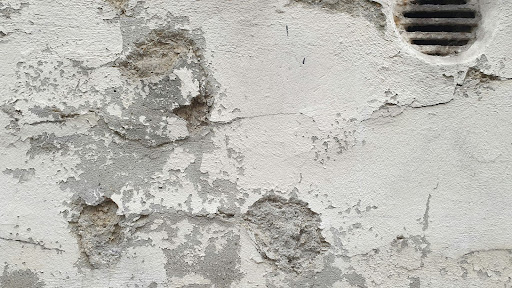
Lead-based paint may have been banned from residential use decades ago, but its dangers haven’t disappeared. In fact, one of the most common and invisible sources of lead exposure in older homes today is lead dust. Unlike chipped paint or corroded pipes, lead dust can be easily inhaled or ingested, especially by children, and the consequences can be serious.
In this blog, we’ll break down what lead dust hazards are, how they form, and the most effective ways to prevent them in your home or building.
Lead dust is made up of microscopic particles of lead that become airborne or settle on surfaces. It typically forms when lead-based paint deteriorates, or when painted surfaces are disturbed during renovation, repair, or demolition.
The most common sources of lead dust include:
Once lead dust settles on floors, windowsills, furniture, or toys, it can be easily ingested—especially by children who crawl, play on the floor, or put their hands in their mouths.
For key terms such as encapsulation and containment, review our glossary: Definitions of Lead Paint Terminology.
Even small amounts of lead exposure can cause significant health problems, especially in children under 6. Lead is a neurotoxin that affects brain development and can result in permanent cognitive and behavioral impairments. In adults, lead exposure can cause high blood pressure, kidney damage, and reproductive issues.
Health risks associated with lead dust hazards include:
Because lead dust is nearly invisible and has no odor, it often goes undetected until elevated blood lead levels are discovered during routine health screenings.
If you’re unsure whether your home has risks, start here: Testing Your Home for Lead: Protecting Indoor Air Quality and Your Health.
You can’t see lead dust with the naked eye, but you can take steps to determine whether it might be present in your home:
The first step in assessing lead dust hazards is determining if lead-based paint is present. You can use:
Learn about our inspecitons and risk assessments here: Lead Paint & Stabilization Services.
Professional dust wipe tests involve collecting samples from floors, windowsills, and other surfaces and sending them to a certified lab for analysis. This is one of the most accurate ways to confirm the presence and extent of lead dust.
Areas where paint is chipping, flaking, or peeling are often lead dust hot spots. Also watch for friction surfaces—such as double-hung windows—that show signs of wear.
Once you’ve identified potential risks, preventing lead dust exposure requires a mix of containment, control, and regular cleaning. Here are key strategies:
If you're planning any remodeling or repair work in a pre-1978 home, hire a contractor certified under the EPA’s Renovation, Repair, and Painting (RRP) Rule. They follow strict guidelines to minimize dust and contain contamination.
DIYers should:
See our overview of safe practices: Lead-Safe Practices for Renovation (RRP).
Ordinary household cleaning methods often just spread lead dust around. Instead:
Well-maintained paint is less likely to deteriorate into dust. Touch up damaged surfaces and repaint as needed using lead-free paint over intact surfaces.
Lead dust can also be tracked in from outside. Use doormats, remove shoes indoors, and clean high-traffic entry areas frequently.
If you’re selling, renting, or starting a renovation, get expert guidance first. Book a visit here: Contact & Request a Quote or find a team near you: Service Locations.
Lead dust hazards are silent but serious. They often go unnoticed until they’ve already done harm, especially to children and vulnerable adults. The good news is that with awareness, proactive testing, and the right safety measures, lead dust exposure is completely preventable.
Whether you live in an older home or are preparing for renovation, taking the time to identify and mitigate lead dust hazards can protect your family’s health and your home’s long-term safety.
When in doubt, test and when possible, bring in the experts. Your health is worth it.
Schedule an inspection: Contact & Request a Quote • Learn about our services: Lead Paint & Stabilization Services • Get to know our team: About Farsight
At Farsight Management we understand that not all indoor air quality companies are created equal.
We feel that it is imperative to educate ourselves, our employees, and our customers. You can trust that we follow all the national standards in regards to indoor air quality. This includes mold remediation, lead abatement, asbestos removal, and everything that we do.